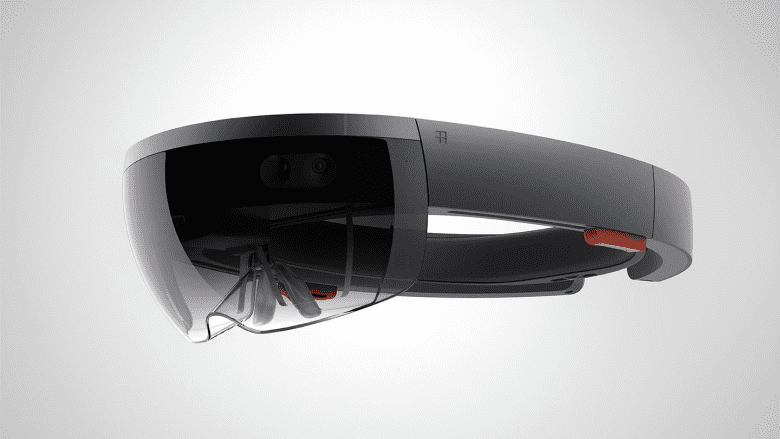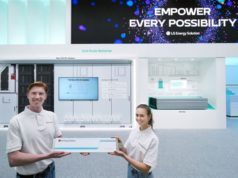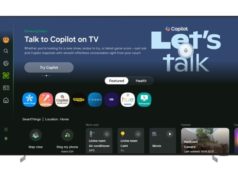Microsoft’s wearable holographic computing device, the HoloLens, will be totally wireless, with a battery life ranging from 2.5 to 5.5 hours, depending on how intensively it’s used, Microsoft technical evangelist Bruce Harris recently said during an event in Tel Aviv.
A $ 3,000 development edition of the HoloLens is expected to become available sometime in the first quarter of this year. Microsoft has not yet said when it plans to release a consumer version, although CEO Satya Nadella said last summer that the development of the device will be a five-year journey.
During his presentation to a small audience at a nighttime gathering in Israel, Harris emphasized that the HoloLens is essentially a fully functional Windows 10 PC, albeit one that’s worn like a set of goggles. “Anything you can do on a laptop, you can do on this,” he said.
‘Mixed Reality” not AR or VR
During his talk, Harris explained how the HoloLens will differ from augmented-reality and virtual-reality devices. Microsoft’s technology will fall somewhere in the middle of the spectrum between those two types of devices: it does more than simply overlay digital but non-interactive information onto a real-world view, but it doesn’t present a totally virtual vision where everything in the user’s field of view is a digitized simulacrum of reality, he said. “That’s why we used the term, ‘mixed reality,'” Harris said.
Unlike some current virtual reality technologies, the HoloLens will also have a more limited field of view, with its on-screen images basically equivalent to that of a 15-inch monitor viewed from about two feet away. While that limitation might not appeal to gamers looking for fully immersive experiences, it does eliminate a problem that’s common in many of today’s VR devices: motion sickness.
Microsoft has said that the ability of the HoloLens to project virtual, holographic images onto users’ real-world views of their surroundings makes it useful for applications beyond gaming, such as architectural and product design or medical education.
Remote Users Can Share Same View
While the HoloLens won’t have a wired option, it will be able to connect to other devices via either Wi-Fi or Bluetooth, Harris said. Tests so far haven’t shown any problems with latency, although very intensive applications could reduce the average battery life by about half, from approximately 5.5 hours to around 2.5.
Very complex holographic renderings could also conceivably overwhelm the device’s capabilities, he said. However, users could connect wirelessly to external servers that could then do the heavy lifting.
Such wireless connectivity could also enable multiple users to share the same images and experiences even if they are many miles apart, as long as their Internet services are able to handle those data demands, Harris said.
Harris said that Microsoft will continue working to improve its technology and expand the current limited field of view of the HoloLens. At the moment, expanding that view would have significantly increased the cost of the device and caused the battery to drain even faster . . . perhaps to as little as 20 minutes, which “no one would want,” he said.
In addition to showcasing the potential of the HoloLens during a multi-city “roadshow” last year, Microsoft recently launched a dedicated HoloLens experience space for developers at its new flagship store in New York City. The space provides first-hand demos of the technology for developers who register online for appointments.

![[Design Story] One UI Helps You Live Life Your Way – Samsung](https://loginby.com/itnews/wp-content/uploads/2025/11/1763476351_Design-Story-One-UI-Helps-You-Live-Life-Your-Way-238x178.jpg)





